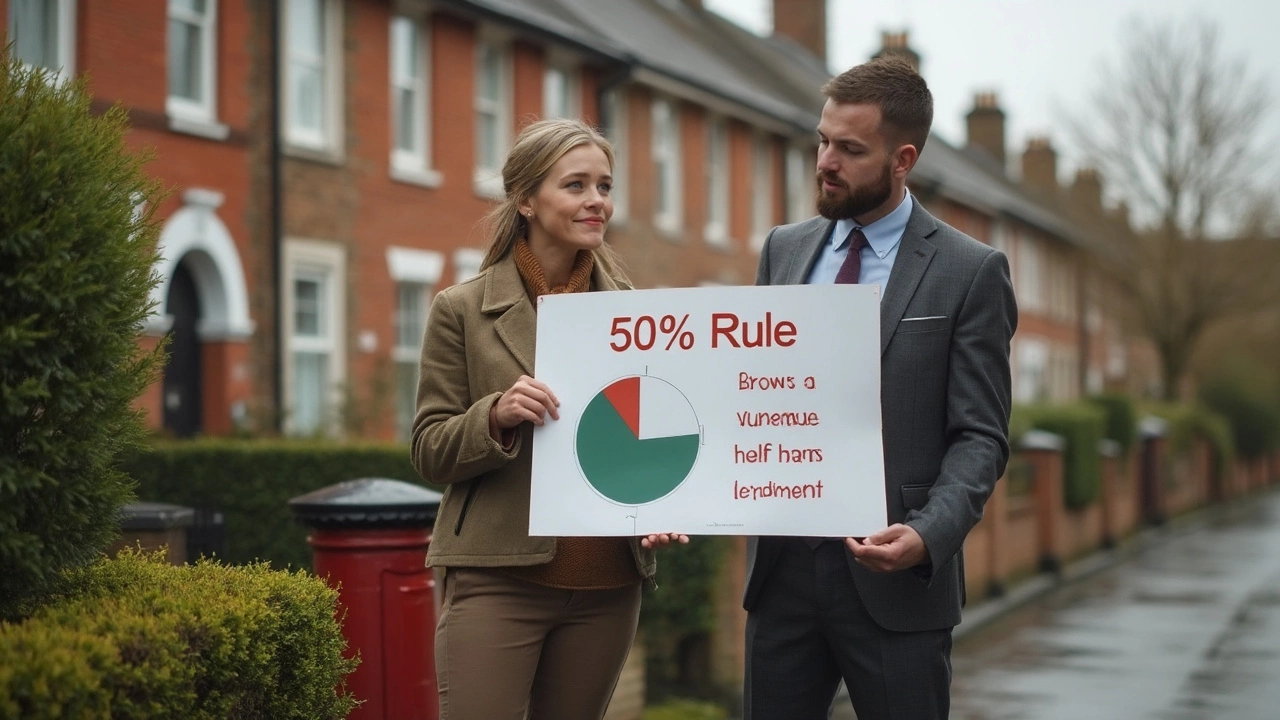Property Investing Guide: What You Need to Know Right Now
If you’re thinking about putting money into property, you’re not alone. Thousands of UK renters and buyers see real estate as a way to grow wealth, and the market still offers solid opportunities. But success isn’t automatic – you need a clear plan, realistic expectations, and a few smart habits.
Why Property Investing Still Works
First, property is a tangible asset. Unlike stocks, you can see and touch it, which gives many people confidence. In most parts of the UK, property values have risen faster than inflation over the last decade. Even in areas where prices plateau, rental demand keeps cash flowing.
Second, a buy‑to‑let property can generate monthly income that covers the mortgage, insurance, and maintenance. When you choose a location with good transport links, schools, or job hubs, you’re more likely to attract reliable tenants and keep vacancy low.
Third, tax rules let you claim mortgage interest, repairs, and some management fees against rental income. This can lower your taxable profit and boost the overall return on investment.
Key Steps to Start Investing
1. Know Your Budget – Work out how much cash you have for a down payment and closing costs. Most lenders ask for at least 10‑15% of the purchase price, but some government schemes let you start with as little as 5%.
2. Research the Area – Look for towns or neighbourhoods with growing employment rates, new transport projects, or university campuses. Use tools like local council data and letting agency reports to gauge rental yields.
3. Calculate the Numbers – Add up the expected rent, mortgage payment, council tax, insurance, and a buffer for repairs. Subtract these from the rent to see your net cash flow. Aim for a positive cash flow or at least a break‑even figure while you build equity.
4. Choose the Right Financing – Talk to a few mortgage brokers. Some specialize in buy‑to‑let loans, which may have higher interest rates but are easier to qualify for if you have a solid rental plan.
5. Get Professional Help – A local letting agent can handle tenant find‑service, rent collection, and maintenance. Their fees usually cost around 10% of the monthly rent, but they save you time and legal headaches.
6. Protect Yourself Legally – Use a solid tenancy agreement, check tenant references, and keep a record of all communications. Register the property with the landlord registration scheme if your area requires it.
7. Plan for the Future – Think about whether you want to hold the property long‑term, refinance later, or sell once it’s appreciated. Having an exit strategy helps you make decisions about improvements and rent increases.
Investing in property isn’t a get‑rich‑quick scheme, but with careful research and a disciplined approach, you can build a reliable income stream and grow your net worth over years. Start small, learn from each purchase, and keep refining your process. The sooner you get on the market, the more time your investment has to work for you.

50% Rule in Rental Property: How It Works and Why It Matters
The 50% rule is a quick math trick to estimate if a rental property is worth the investment. It says around half the rental income will probably get eaten up by expenses before you can even think about your mortgage. This article explains exactly what the 50% rule is, where it comes from, and how it stacks up in real life. Learn how to use it (or not) for your property decisions, with straight-shooting advice and real-life tips. Avoid common traps and make smarter choices by understanding this simple yet powerful rule.